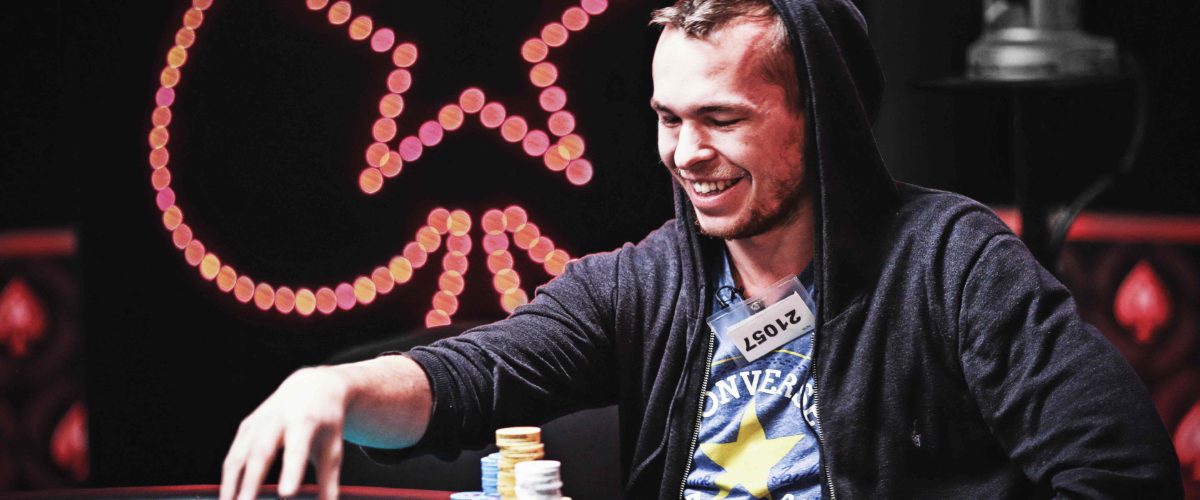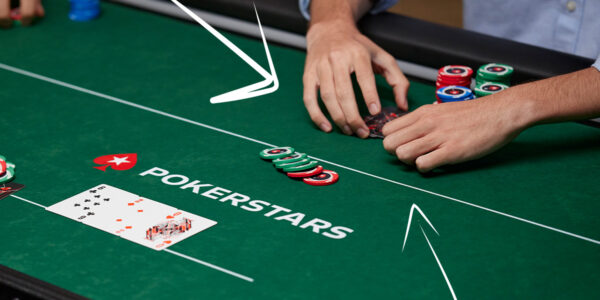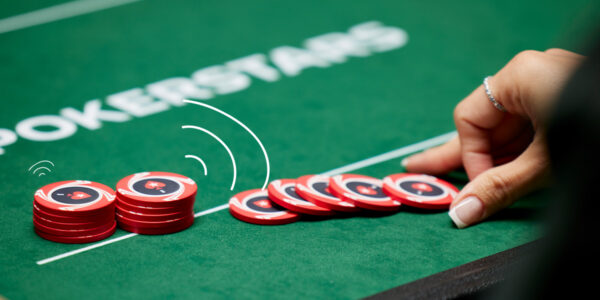When to Ignore Poker Theory
When we first learn to play the game, getting bombarded by theory and jargon is the last thing we need. Polarised, merged, high frequency bluff, blah blah blah…
After a while though, the jargon starts to make sense and we gain a bit of familiarity with how poker should be played in theory.
We might learn that we need to make plenty of big value bets and bluffs when our range contains lots of nutted hands and Villain’s doesn’t. We might learn that we should bet very often as the pre-flop raiser on a flop like K♦ K♣ 3♠ , but that we should use smaller bets because Villain’s range mainly consists of some Kx and then lots of air. We do not want to invest a lot of money against either of these hand groups.
When we start to understand how the pieces of information fit together, it can be tempting to rely rigidly on theoretical ideas to get by, but this is a pitfall in itself. Learning when to ignore game theory and make a play that would not be correct against a skilled opponent is one of the best ways to escape the micro-stakes as quickly as possible. Read on and find out how.
Ignoring Theory… Against Calling Stations
In a live $1/$2 game, we open in early position to $10 with J♠ 10♠ . A tilted, passive player, who hates folding, calls in the BB and we go heads-up to a flop of A♠ 6♠ 4♦ . Villain checks and we continuation bet the flop for $16 into a pot of $23 and Villain calls. The turn is the 7♣ .
This is a spot in which theory will tell us to bet with a polarised range, meaning good value hands and some bluffs that will often consist of draws. Our exact hand is meant to be one of these bluffs a large amount of the time, because it has outs to a very strong hand and will be able to win a very big pot sometimes if our bluff is successful.


This is a wonderful time to ignore theory! We know that this opponent is very unlikely to fold the turn. If they have an ace, we can forget about having even a sliver of fold equity and if they have a lower pair, they have some extra incentive to call now in the form of a straight draw (33, 55, 77, 75s etc.) Even if this player happens to have a hand near the bottom of his range such as K4s, there is still no guarantee that they will fold based on their tendencies and current mood.
Since our fold equity is lacking, and we might get raised if we bet, and our hand is a big underdog to Villain’s continuing range should we bet, we have a clear check behind on the turn and will make this play 100% of the time with this hand. In theory, we are losing expected value (EV), but in reality, we are gaining it.
Ignoring Theory… Against ABC Players
Against someone who plays too straightforwardly, there are lots of exploits available. We might decide to fold a strong hand in a spot where theory would have us call due to our opponent’s inability to bluff often enough. Here is a play we can make that’s a little more fun than making a tight fold.
Our tight ABC opponent, who likes to wait for big hands to play big pot, opens the BU in a 50NL ($0.25/$0.50) 6-Max Zoom game to $1.50. We call from BB with 9♣ 8♣ . The flop is 10♠ 4♥ 3♥ and both players check. The turn is the 2♥ . Our read here is that Villain is going to be betting all their strong hands on the flop and checking a range that is mostly either two big cards, or total air.
On the turn, theory would suggest that if we start bluffing with a hand as hopeless as 9♣ 8♣ , that we will be bluffing far too often. Our hand has no strong outs, no blocker to Villain’s flush draws, and a very bleak outlook when called. However, since we know that our fold equity is so high, we choose to ignore theory’s advice and embark on the plan of blasting both the turn and a blank river.
The thought here is that Villain’s turn calling range will consist largely of two big cards with a flush draw. Therefore, when the river is a smaller card which does not complete the flush, we can fire a second barrel to pick up the pot against these hands. Betting is far superior to checking. Theory is irrelevant when our read is so good, and Villain is so unbalanced.
Ignoring Theory vs. Maniacs
When Villain bluffs far too often, we will make a good deal of money by calling bets with hands that game theory would have us throw into the muck.
A very loose player who is trying to recklessly run over the table opens in middle position to $20 in live $2/$5 game. We cold-call on the BU with 7♥ 7♠ and hope to flop that elusive set.
No joy, but the flop is not a bad one. We check and Villain bets $30 into $47 on 9♦ 2♠ 2♣ . This is a bet we can call with ease. In No Limit Holdem, it’s much easier to have nothing than something and so our 77 is doing fine here, especially against a player who rarely checks the flop as the aggressor.
The turn brings the 4♥ and Villain bets $80 into $107. Again, we call, as our Villain’s bluffing range is unlikely to have shrunk as much as it should.
The river is the 10♣ and Villain quickly bets $200 into a pot of $267. What would theory say? Well, it certainly wouldn’t love calling with this hand because we make it harder for Villain to hold a bluff like 87s. We would also favour calling more with a pair on the board that blocked some combinations of sets and two pair. We should fold 77 here quite often here as it is low down in our range for reaching this point… in theory. In practice, we have an easy call.
We need less than 33% equity to make this call profitable and against this opponent we might even win half of the time or more. More than two-thirds of Villain’s river betting range is supposed to consist of value hands, and I sincerely doubt that this is the case. Once again, we throw game-theory out of the window.
In conclusion, this doesn’t give us license to abandon poker theory by any means. But a lot of theory is based on playing against opponents who play optimally – we know this isn’t always the case, and we will therefore benefit by adapting our game to a less theoretically-sound level and exploiting weaker players.
Further Reading:
- Inside the Mind of a Pro: How to Beat Maniacs
- Exploiting Overly Aggressive Players: A Hand Example
- Big Hands from the ZOOM Stream – Pouncing on Weakness











